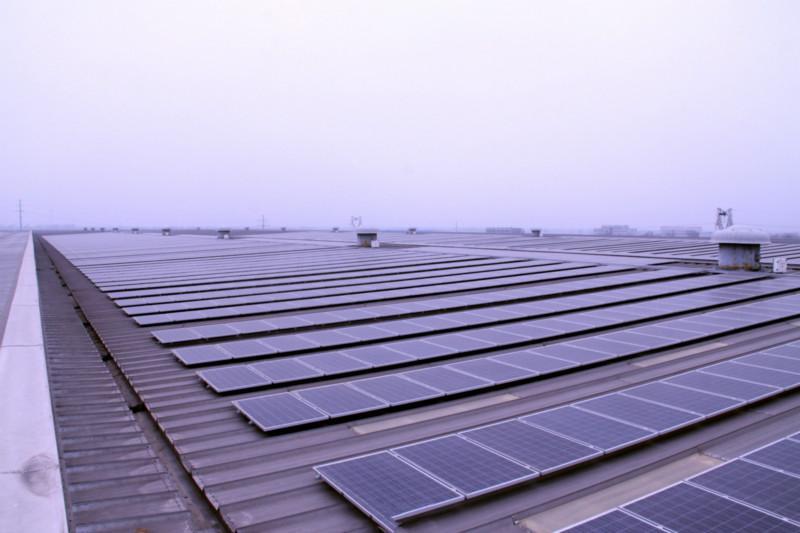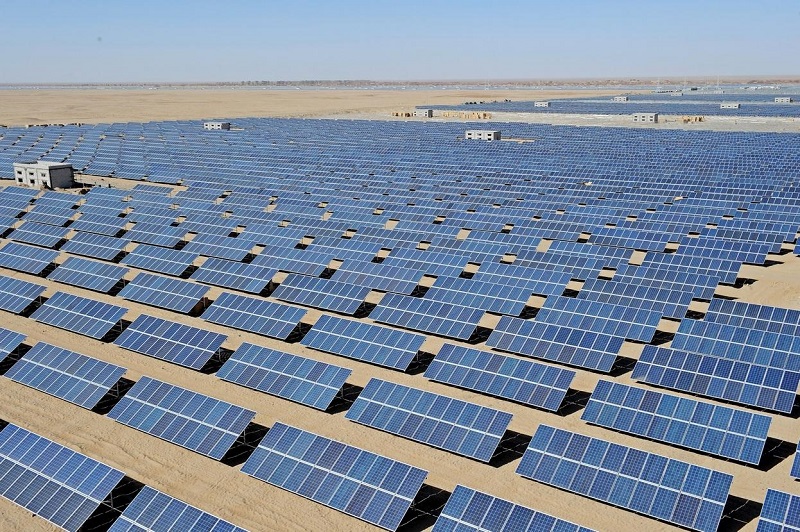- Home
- News
- Detailed explanation of the advantages and disadvantages of centralized photovoltaic power plants and distributed photovoltaic power plants
Detailed explanation of the advantages and disadvantages of centralized photovoltaic power plants and distributed photovoltaic power plants
Photovoltaic power station refers to a photovoltaic power generation system that uses solar energy and uses special materials such as crystalline silicon plates, inverters and other electronic components to form a power generation system that is connected to the grid and transmits power to the grid. Among them, photovoltaic power plants can be divided into centralized photovoltaic power plants and distributed photovoltaic power plants. What is the difference between centralized photovoltaic power plants and distributed photovoltaic power plants? Let us understand together.

Characteristics of distributed photovoltaic power plants
The basic principle of distributed photovoltaic: mainly based on the surface of the building, solve the user’s electricity problem nearby, and realize the compensation and delivery of the power supply difference through grid connection.
1. The advantages of distributed photovoltaic power plants:
1. Photovoltaic power is on the user side, generating electricity to supply the local load, which is regarded as a load, which can effectively reduce dependence on power supply from the grid and reduce line losses.
2. Make full use of the surface of the building, and photovoltaic cells can be used as building materials at the same time, effectively reducing the footprint of the photovoltaic power station.
3. Effective interface with smart grid and micro-grid, flexible operation, and independent operation of the grid under appropriate conditions.
2. Disadvantages of distributed photovoltaic power plants:
1. The direction of the power flow in the distribution network will change in time, the reverse flow will cause additional losses, the related protections need to be re-adjusted, and the transformer taps need to be continuously changed.
2. Difficulties in voltage and reactive power regulation. There are technical difficulties in power factor control after the connection of large-capacity photovoltaics, and short-circuit power will also increase.
3. The energy management system at the distribution network level is required to perform the same load management in the case of large-scale photovoltaic access. It provides new requirements for secondary equipment and communications, and increases the complexity of the system.

Characteristics of centralized photovoltaic power plants
The basic principle of centralized photovoltaics: make full use of the abundant and relatively stable solar energy resources in desert areas to construct large-scale photovoltaic power plants, and connect to high-voltage power transmission systems to supply long-distance loads.
1. Advantages of centralized photovoltaic power station:
1. Due to the more flexible location selection, the stability of photovoltaic output has increased, and the positive peak regulation characteristics of solar radiation and electricity load are fully utilized to play the role of peak shaving.
2. The operation mode is more flexible. Compared with distributed photovoltaic, reactive power and voltage control can be carried out more conveniently, and it is easier to participate in grid frequency adjustment.
3. The construction period is short, the environmental adaptability is strong, no water source, coal transportation and other raw materials are required, the operating cost is low, it is convenient for centralized management, and the space restriction is small, and the capacity can be easily expanded.
2. Disadvantages of centralized photovoltaic power station:
1. It needs to rely on long-distance transmission lines to send electricity into the grid, and at the same time, it is also a larger source of interference to the grid. Problems such as transmission line losses, voltage drops, and reactive power compensation will become prominent.
2. A large-capacity photovoltaic power station is realized by a combination of multiple conversion devices. The collaborative work of these devices requires the same management. At present, the technology in this area is not yet mature.
3. In order to ensure the security of the power grid, large-capacity centralized photovoltaic access requires new functions such as LVRT, and this technology often conflicts with isolated islands.
Centralized large-scale grid-connected photovoltaic power plants are the use of deserts by the state. It is recommended that large-scale photovoltaic power plants be directly integrated into the public grid and connected to the high-voltage transmission system to supply long-distance loads. Distributed small grid-connected photovoltaic systems, especially photovoltaic building integrated power generation systems, are the mainstream of grid-connected photovoltaic power generation in developed countries due to the advantages of small investment, fast construction, small footprint, and large policy support.